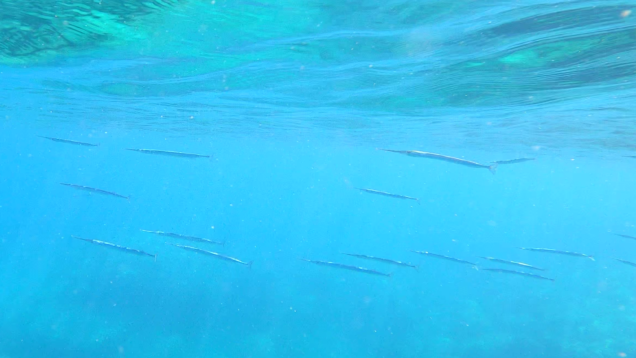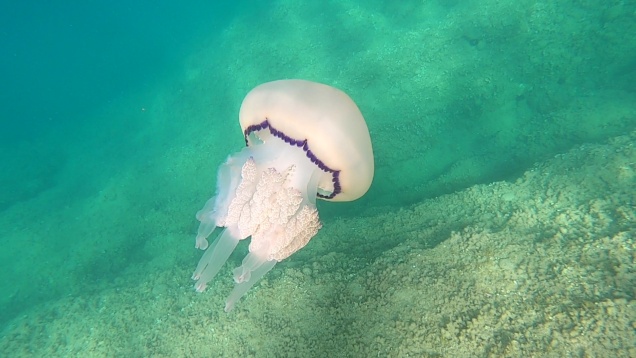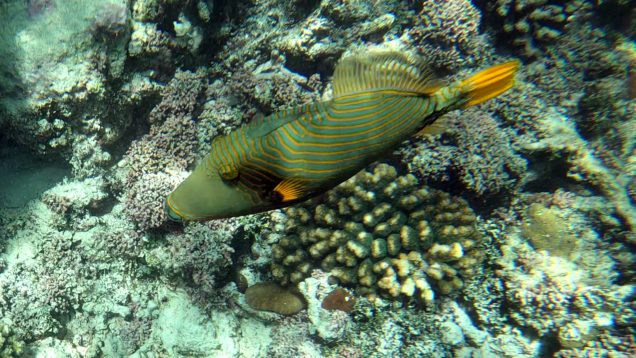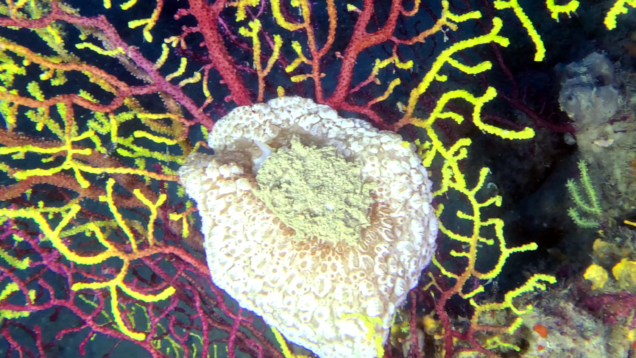Aguglia
The Garfish (Belone belone) has a very elongated and compressed body, the dorsal zone is dark blue and fades in the blue on the flanks which are silvery; The belly is yellowish in color. Its length can exceed 80 cm and 1 Kg of weight. The jaws are thin and prominent enough to resemble a beak. The Garfish is a pelagic fish that lives on the high seas, only during the summer it approaches the coast to spawn.











